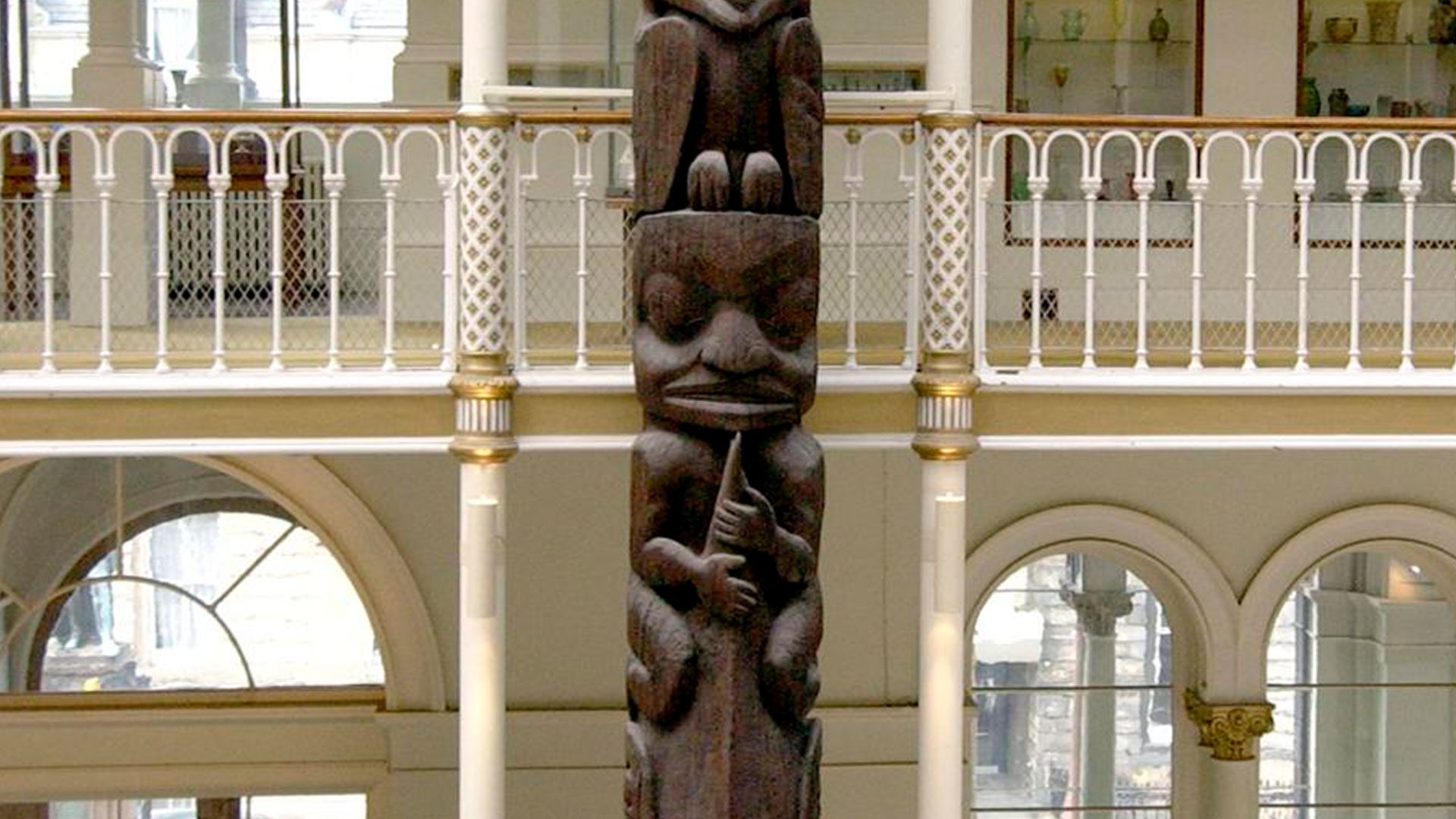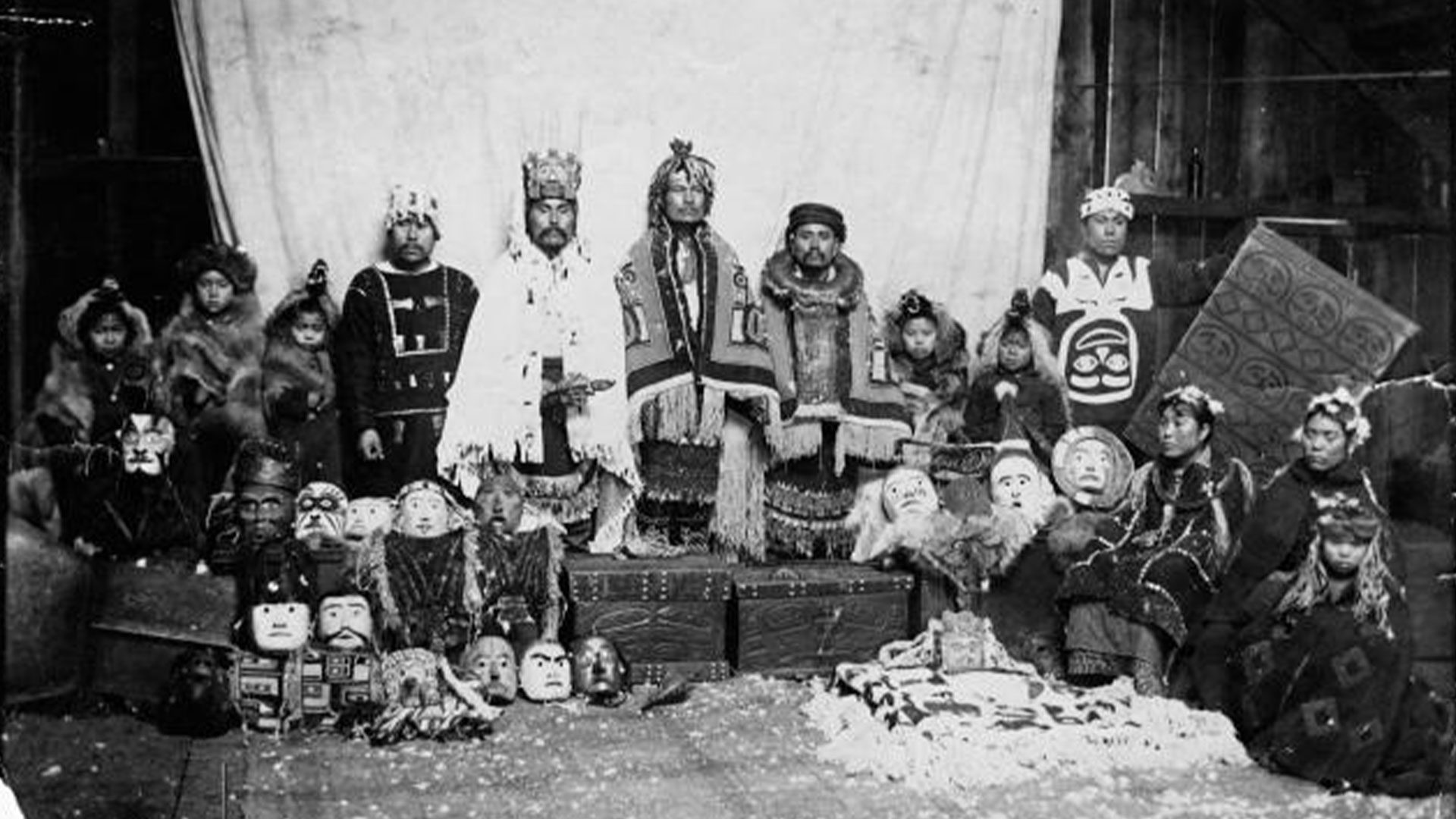For the first time in living memory, the Nisga’a will see the memorial totem pole that was stolen from their northern British Columbia nation.
A delegation from the community is travelling this week to see the pole that was carved in the mid-1850s on display at the National Museum of Scotland in Edinburgh.
They will meet with museum officials to discuss repatriating the pole they say was taken without their consent by ethnographer Marius Barbeau in 1929.
“It’s not that we abandoned our villages or that we weren’t caring for our poles,” says Amy Parent, a Nisga’a member and research chair in Indigenous education at Simon Fraser University in Vancouver. “We were simply out food fishing.
“For us, it’s the modern-day equivalent of going to the grocery store and having the government come along and sell your house and have some anthropologist come in and take your precious family belongings. And shortly thereafter, you’re going to have a church official show up and come take your children away.”

Parent says the pole was taken at the peak of the potlatch ban imposed by the Canadian government.
It tells the story of Nisga’a warrior Ts’wawit, who was in line to be chief but died in battle.
A replica pole now stands in the Nisga’a community of Laxgalts, approximately 90 minutes north of Terrace, B.C.
Sim’oogit Ni’isjoohl (Chief Earl Stephens) says his people have a spiritual belief that stolen totem poles are still alive.
“When they become fallen on their own, that’s when they are not alive anymore,” he says, “but all these poles that were taken were never fallen on their own, so in other words, they are still alive.”

The delegation will ask the government of Scotland and the museum to pay to transport the pole back to their nation.
Ni’isjoohl says travelling to see the pole has been on the minds of his family members for a long time. His uncles discussed it but died before they could make the trip.
“There were three of them that were talking about going over to see the pole or to take it back, but that never happened.”









